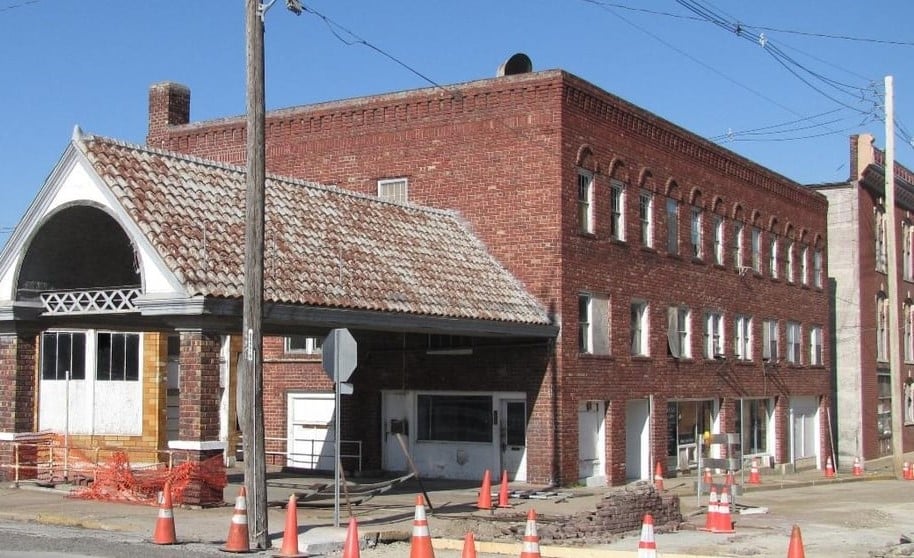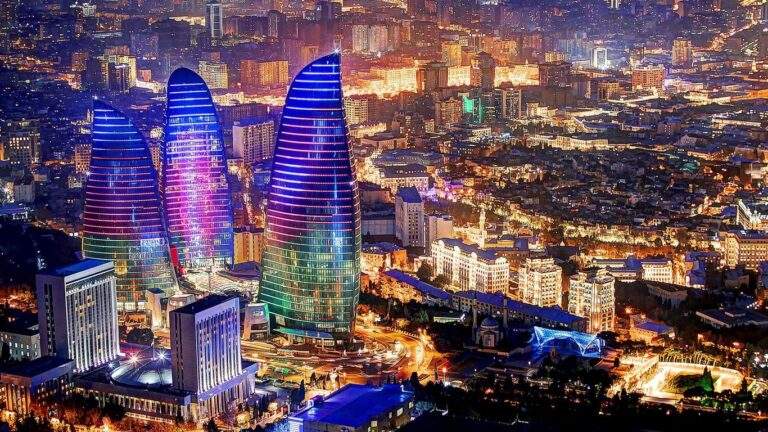Tucked away in the heart of Bourbon County, Fort Scott, Kansas, is a town that holds more than just quiet streets and old brick facades it carries echoes of a past rich in commerce, community, and change.
Yet over the last decade, several historic buildings along East Wall Street have quietly disappeared. Some crumbled from neglect, others were torn down with little notice. These weren’t just empty structures; they were part of the town’s fabric, witnesses to its evolution.
Let’s take a closer look at what once stood and what’s now gone.

500 Block E Wall – A Start That Never Took Off
Built in 1884, this four-storefront building never quite found its place in the town’s commercial life. Historical maps show frequent vacancies, and the businesses that did open there were modest at best secondhand shops, small workshops, and even rooms for rent upstairs.
There was no big ceremony when it came down just silence. It vanished between 2013 and 2015, leaving behind only memories and old records.
| Detail | Info |
|---|---|
| Built | 1884 |
| Original Use | 4 storefronts + rental rooms |
| Known Tenants | Secondhand shops and small trades |
| Final Fate | Demolished (2013–2015) |

The Myers Building – From Groceries to Dust
Located at the 700 block of East Wall Street, the Myers Building was built sometime between 1899 and 1906. It housed essential services for a growing town a butcher shop or grocery store on one side, and a pharmacy on the other.
By late 2013, both the main building and the smaller storefronts beside it had been removed, as if they had never existed.
| Detail | Info |
|---|---|
| Built | Circa 1899–1906 |
| Original Use | Grocery/butcher and drugstore |
| Demolished | Late 2013 |
| Location | East Wall Street, 700 block |

Stout Gas Station – A Classic Roadside Relic
At 1 E 1st Street stood the Stout Gas Station, built in 1924. It had that classic early 20th-century roadside charm, with a small tiled brick service building added later.
It held on until 2021, though by 2017, it was clearly showing signs of decay. Eventually, time caught up with it.
| Detail | Info |
|---|---|
| Built | 1924 |
| Style | Brick-tiled exterior |
| Condition (2017) | Deteriorating |
| Final Fate | Gone by 2021 |
| Reference |

1200 Block E Wall – From Grocer to Prefab Shed
This store, built around the turn of the century (1899–1906), served many roles over the years first as a grocer, then a general store, and finally a feed shop. Old records even mention a scale in the side street, likely used for weighing goods or livestock.
But by late 2013, all of that history was replaced by a cheap, prefabricated metal shed a far cry from the character it once had.
| Detail | Info |
|---|---|
| Built | Circa 1899–1906 |
| Uses Over Time | Grocer, general store, feed store |
| Unique Feature | Side-street scale |
| Replacement | Prefab metal shed (by 2013) |
Was Their Loss Inevitable?
Not every old building deserves to stand forever, but the slow disappearance of these landmarks reflects bigger challenges facing small towns like Fort Scott. Declining populations, economic shifts, and lack of investment often leave historic sites vulnerable.
Still, there are those who work to preserve the memory like the Kansas Historic Resources Inventory (KHRI) documenting what once was before it fades completely.
ArchUp continues to track transformations in the construction industry, spotlighting projects that embrace innovation and reshape the urban landscape. The Museum of the Future is proof that when imagination meets dedication, the impossible becomes reality.







